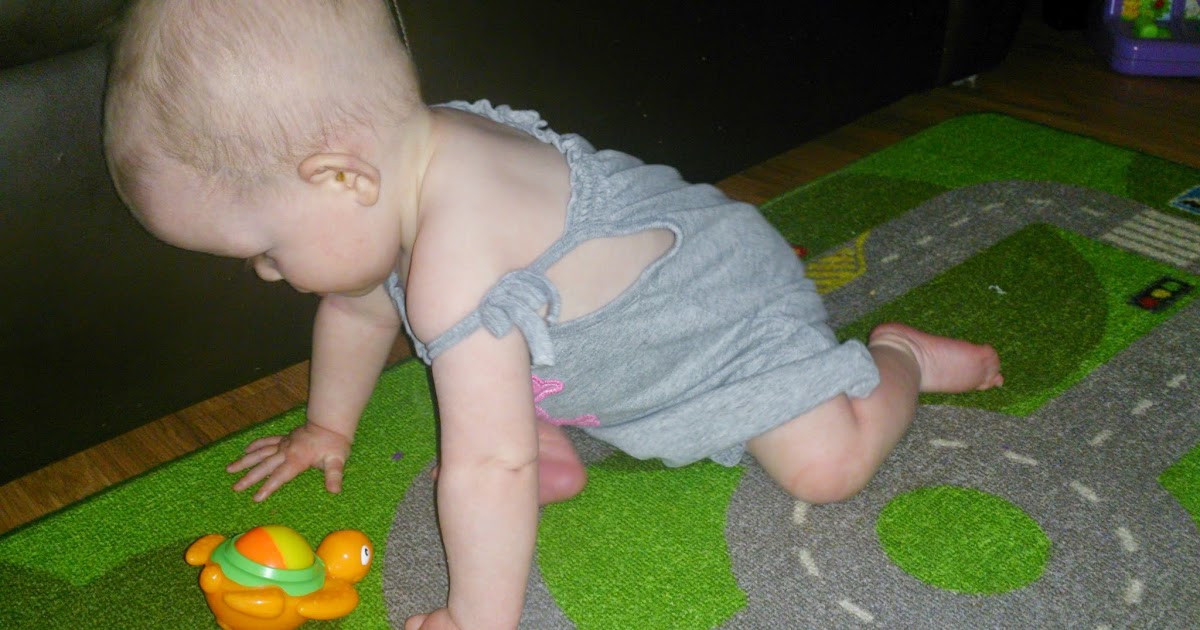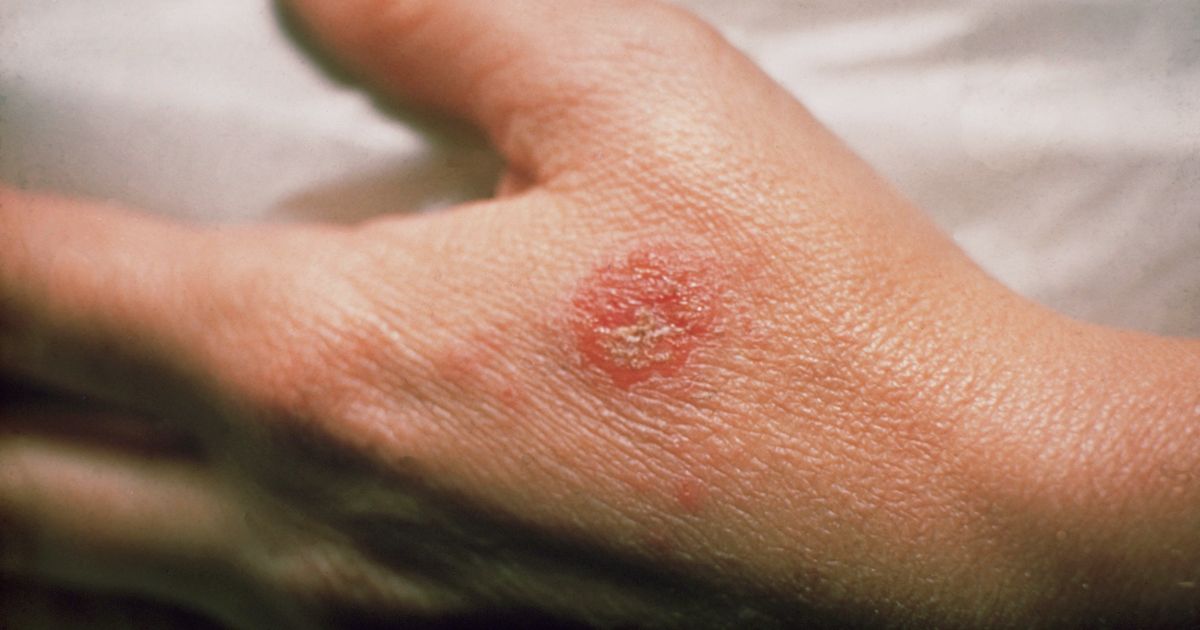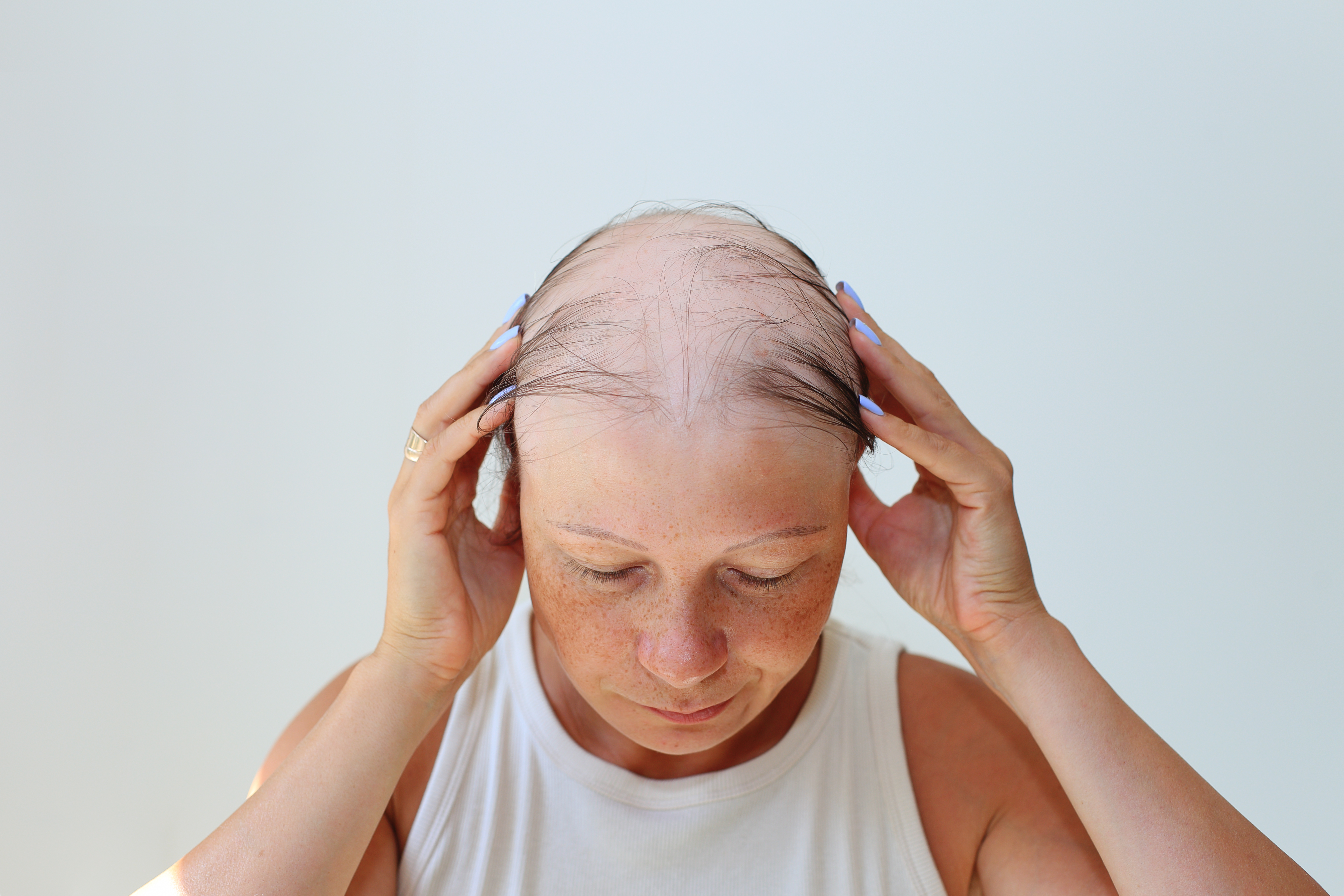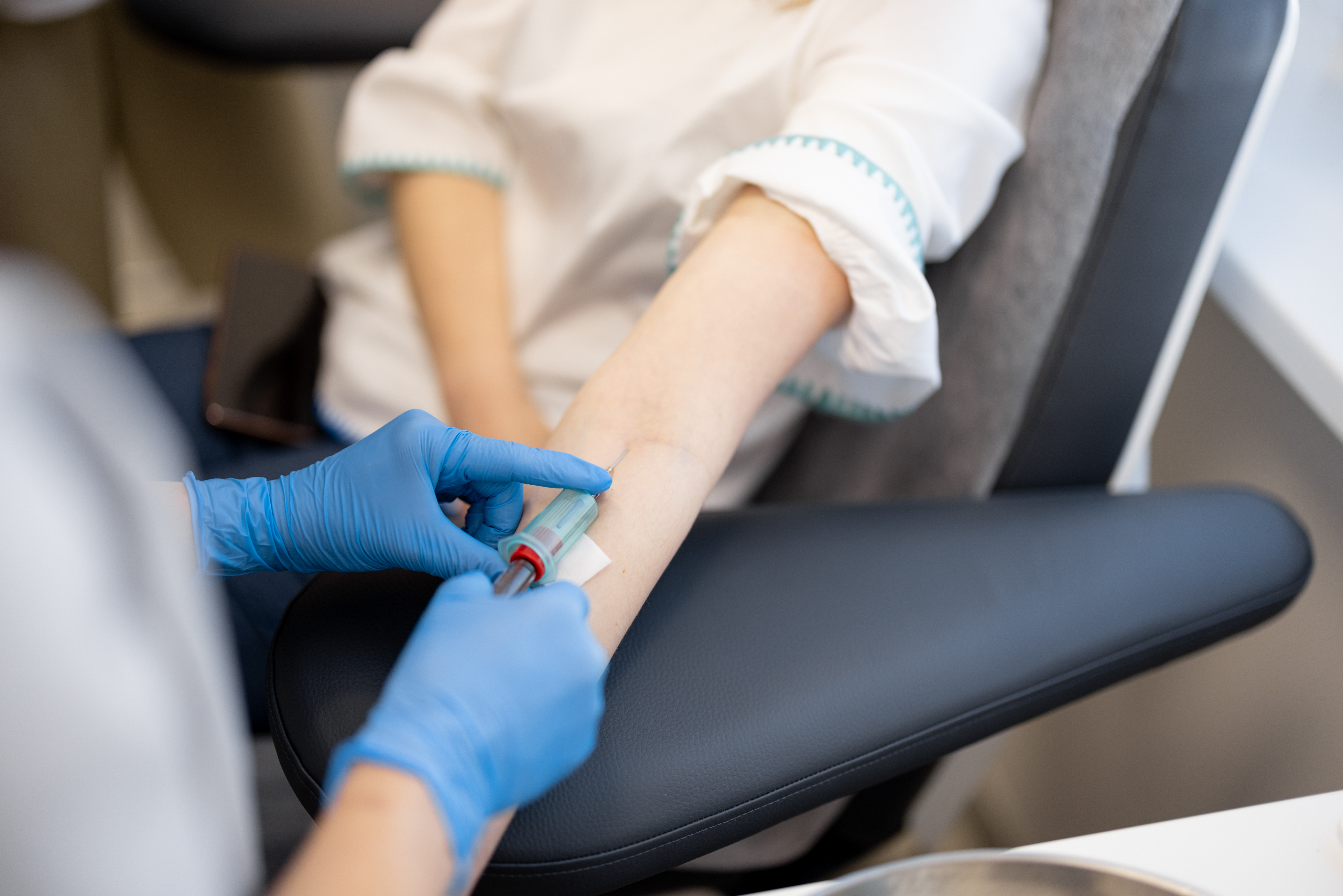10 Serious Warning Signs Of A Biotinidase Deficiency
Imagine a tiny, unseen glitch in your body's intricate machinery—a rare genetic oversight that quietly robs you of a vital nutrient: Biotin, or Vitamin H. This isn't just about brittle nails or thinning hair; Biotinidase Deficiency means your body can't properly recycle this essential vitamin, disrupting critical processes like breaking down fats, carbs, and proteins. While often diagnosed through routine newborn screenings, its insidious nature means symptoms can emerge subtly, sometimes not appearing until a child is much older. Yet, left unaddressed, the consequences can be profound. Recognizing these early indicators is crucial. This article unveils 10 serious warning signs of Biotinidase Deficiency, shedding light on a condition where timely identification can dramatically alter a life's trajectory.
1. Muscle And Limb Weakness

Newborn babies with this condition frequently exhibit muscle and limb weakness. Also known as hypotonia, this symptom is one of the earliest to appear. Pediatricians and neurologists typically perform assessments of newborns who present with muscle and limb weakness. To diagnose hypotonia, doctors start by performing a physical examination. This checks for overly flexible joints, weakness of the muscles in the torso, and tilting of the head when the child pulled into a sitting position. In addition to the exam, doctors may recommend the child get a CT scan or other imaging tests done. Nerve conduction studies, electromyography, or muscle biopsies may be needed for some patients. Physical therapy can help patients with muscle weakness to improve their muscle tone and function.
2. Ataxia

Ataxia refers to difficulties with balance and coordination, and it can manifest differently in each patient. Children who have started walking may walk with a gait that veers off to one side; the child may also walk backward, sway, or stop and start while trying to walk. This disorder can also include slurred speech, and patients may develop hand tremors. There may be abnormalities in eye movement patterns, and fine motor skills may deteriorate. Some patients may also experience heart problems. To evaluate the severity of these symptoms, doctors will check the patient's gait, and they will also test the patient's reflexes, grip strength, and range of motion. Specific tests to detect tremors will be used, and the doctor will also evaluate the patient's eye movements. These symptoms usually improve with proper treatment for biotinidase deficiency, and patients may also have speech, occupational, and physical therapy. These therapies help patients walk in a more balanced way and speak more easily. Parents of children with a biotinidase deficiency should monitor their child closely for signs of new or worsening balance, tremors, or coordination difficulties, and these should be mentioned to the child's pediatrician or neurologist as soon as possible.
3. Optic Atrophy

Optic atrophy usually occurs in older children who have a biotinidase deficiency. The condition affects the optic nerve and develops when the retinal ganglion cell axons die. These axons form the optic nerve. On examination, patients who have optic atrophy will have a very pale optic nerve, and the vision will be impaired. Patients who have mild atrophy may still have good visual acuity, but they may not be able to distinguish colors. Other symptoms include blurry vision, trouble with peripheral vision, and reduced sharpness of the patient's vision. In the most severe cases, patients may be legally blind, and they may not be able to distinguish light. Optic atrophy is normally diagnosed with a comprehensive vision examination. The doctor will check the patient's eye pressure and assess their color vision, visual acuity, peripheral vision, and the ability to distinguish contrast. A fundoscopy exam will also be completed. Since axons cannot be replaced, early detection of this condition is essential for preserving vision.
4. Seizures

Seizures are often one of the first symptoms to appear in individuals with biotinidase deficiencies. A seizure is an unexpected burst of electrical activity in the brain. Some patients may experience multiple seizures per day, and others may only have a seizure occasionally. When a patient has a tonic-clonic seizure, they may lose consciousness and start having rapid tremors of the legs and arms. Breathing may change, and patients may experience drooling or an inability to swallow. In other seizure types, patients may remain conscious and appear spacey or detached. After the seizure ends, the patient has no memory of this time, and they may feel depressed or weak. Some patients may fall asleep after the seizure, and others may feel thirsty or nauseous. To diagnose a seizure, neurologists use an electroencephalogram, which records brain wave activity, enabling the doctor to identify any seizure activity the patient experiences during the recording. Treatment for a seizure normally consists of medications called anticonvulsants, which can reduce or eliminate seizure activity in some patients. Individuals who have frequent seizure activity may need to take several anticonvulsants to gain control of their symptoms.
5. Various Skin Rashes

Various skin rashes may develop with biotinidase deficiency. In the early stages of this condition, patients may experience an eczematoid rash. These patches of eczema consist of red, itchy spots, and patients may have bumps that leak fluid and form a scab. Treatment for this type of rash normally involves moisturizers and steroid creams, and home remedies like oatmeal baths may help control itching. In addition to this rash, patients with biotinidase deficiency may develop fungal infections such as candidiasis, which often impacts the skin, nails, and mouth. Patients who notice any skin rash should be evaluated by a dermatologist to receive the most appropriate treatment.
6. Hearing Loss

A less commonly recognized but significant warning sign of Biotinidase Deficiency, especially in older children or those with partial deficiencies, is progressive hearing loss. This can range from mild to severe, often sensorineural, meaning it affects the inner ear or the nerve pathways to the brain. The precise mechanism linking biotin metabolism to hearing is still under research, but it underscores the vital role biotin plays in neurological function and cellular health. Early audiological testing is crucial for affected children, as prompt biotin supplementation can often prevent further hearing deterioration or even lead to some recovery.
7. Alopecia (Hair Loss)

Beyond just thin or brittle hair, a severe symptom of Biotinidase Deficiency can be significant hair loss, or alopecia. This typically manifests as generalized thinning across the scalp, eyebrows, and eyelashes, sometimes progressing to complete baldness. The ectodermal impact of the deficiency directly impairs hair follicle function, disrupting the hair growth cycle. This distinctive hair loss, particularly when combined with other neurological or skin symptoms, serves as a strong visual cue for a potential biotinidase deficiency, even in older children who may have missed newborn screening.
8. Developmental Delay & Intellectual Disability

The broad impact of Biotinidase Deficiency on the nervous system can lead to alarming developmental delays in infants and, if untreated, progress to intellectual disability. This is not simply a delay in reaching milestones, but a profound impact on cognitive development. Children may struggle with language acquisition, problem-solving skills, and fine motor coordination. Recognizing these delays in conjunction with other symptoms, like seizures or hypotonia, is paramount. Early and consistent biotin supplementation can often prevent or significantly mitigate these long-term neurological consequences, highlighting the urgency of diagnosis.
9. Immunodeficiency & Recurrent Infections

A startling, less obvious symptom of Biotinidase Deficiency is a compromised immune system, leading to recurrent and often severe infections. Biotin is vital for the proper function of lymphocytes, key cells in the immune response. Children with the deficiency may suffer from frequent bacterial or fungal infections, including chronic candidiasis (yeast infections) of the skin and mucous membranes. This weakened immune defense can lead to serious complications, emphasizing that unexplained recurrent infections, especially fungal, should prompt investigation for metabolic disorders like Biotinidase Deficiency.
10. Metabolic Acidosis

At a deeper metabolic level, Biotinidase Deficiency can lead to a condition called metabolic acidosis. Biotin acts as a coenzyme for several critical carboxylase enzymes involved in metabolism. When biotin is deficient, these enzymes malfunction, causing an accumulation of organic acids (like lactic acid) in the blood. This shift in the body's pH can be life-threatening if severe, impacting organ function. Though a laboratory finding, symptoms like vomiting, lethargy, or rapid breathing in an affected infant can be clinical signs, making prompt metabolic testing vital for diagnosis and intervention.
Unmasking the Silent Thief: Early Diagnosis, Brighter Futures

Biotinidase Deficiency, a rare genetic condition, reveals the profound ripple effect of a seemingly simple nutrient's absence. As we've seen, its 10 serious warning signs paint a diverse clinical picture, from the visible impact on skin, hair, and limbs to the insidious, critical effects on the nervous system, metabolism, and immune function. The remarkable prognosis for treated individuals – often living full, healthy lives – stands in stark contrast to the severe, irreversible damage caused by delayed diagnosis. This underscores the power of newborn screening and the critical importance of recognizing these subtle cues. Awareness transforms a hidden threat into a solvable challenge, offering hope and ensuring a brighter future for affected children.